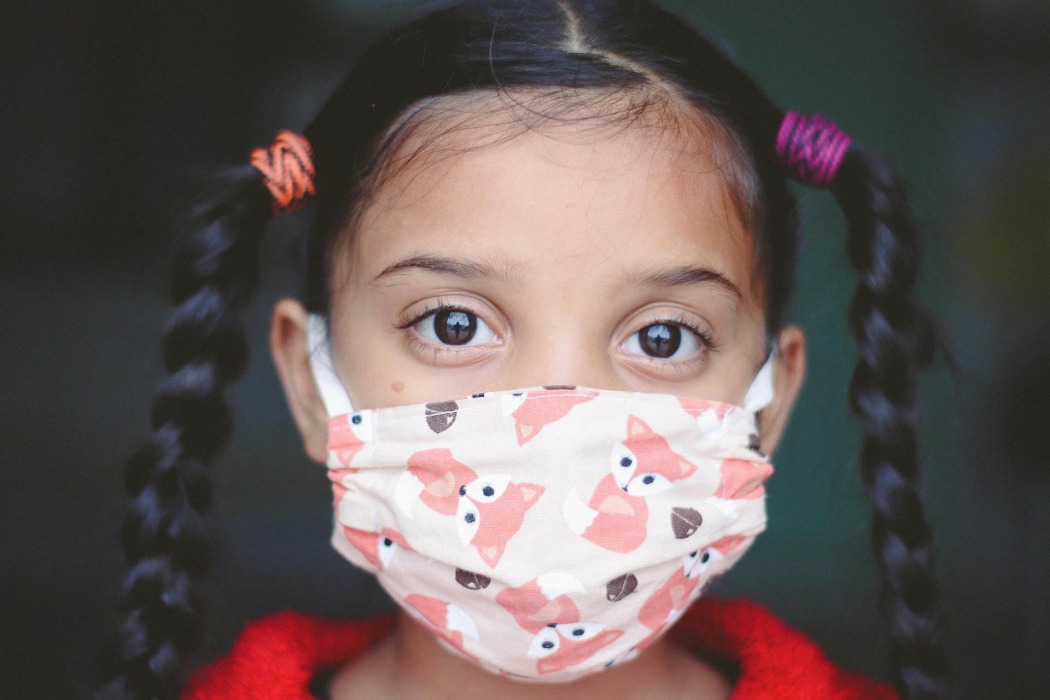Schools are currently in a state of limbo in how lateral flow testing will be implemented within schools. The idea, in principle, is to reduce Covid-19 infection rates, but there does seem to be flaws in how well it will work and the problems it will create for a school.
Lateral flow testing can provide a result in less than an hour, as they don’t required a sample to be sent away to a laboratory.
On the 15 December 2020, the Government said from January, all secondary schools will have access to lateral flow testing:
Statement from the Government:
Students will be eligible for daily testing for seven days if they are identified as a close contact of someone who has tested positive. Under current guidelines, up to a whole school bubble has to self-isolate if one student or staff member tests positive. From January, those in the same bubble do not need to self-isolate if they agree to be tested once a day. This will improve attendance and ensure young people can benefit from face-to-face teaching as much as possible.
Stuart Carlton Corporate Director of Children and Young People Service’s at North Yorkshire County Council (week to 16 December 2020)
- 89% of children are at school
- 4 schools are closed, but they are small schools
- 19 schools have partial closures
Rapid Flow Testing can miss over half of cases
The BMJ published preliminary results from the use of Lateral Flow Testing in Liverpool, concluding “The rapid test kits most widely used in UK universities, schools, and care homes detect just 48.89% of covid-19 infections in asymptomatic people when compared with a polymerase chain reaction (PCR) test, real world data from the Liverpool pilot have shown.”
The Government’s definition of close contact:
- Having face-to-face contact with someone less than 1 metre away (this will include times where you have worn a face covering or a face mask)
- Spending more than 15 minutes within 2 metres of someone
- Travelling in a car or other small vehicle with someone (even on a short journey) or close to them on a plane
The problem comes with a test that is only 50% accurate and allowing staff and pupils to continue mixing.
For instance if you have one pupil that tests positive, and their close contacts continue to attend school, being tested each day, it could be on day 5 one of that group then tests positive – does that then mean that a further close contact group needs to be identified, a group that then needs to isolate or be subject to daily testing.
It could be that a difficult to manage situation develops with a high proportion of a school needing to be tested daily. That is subject to agreement with the parents.
From the BMJ report “A false positive result occurred in two of 2981 PCR negative people”
The risk can be that testing, with that level of accuracy can lead to a false re-assurance:
Jon Deeks, professor of biostatistics at the University of Birmingham and leader of the Cochrane Collaboration’s covid-19 test evaluation activities, told The BMJ:
These are the first results for this test in asymptomatic people. Normally, we would ascertain how well a test works before rolling it out in a nationwide programme. These findings raise concern that both the government’s and individuals’ expectations about how well this test works are not going to be met.
Clearly, there is a risk of giving false reassurance to people who get a negative result. You also have to question whether mass screening using a test that performs so poorly is the best use of our limited resources.
There is also a logistics and workload issue for schools.
Schools need to seek permissions from a parent to perform the test, and let’s not forget they are educational establishments, not medical facilities.
There are outstanding questions over who will do the tests and when, and if the government has an expectation that children will come in an hour early to do the test.
One local head teacher told us of his mounting additional costs, over such things as cleaning bill over the year (mounting to over £20K for one secondary school), and that resources were already stretched. They had little understanding over the detail of how it would be used in reality – there had been limited communication.
Questioning around the cost and resourcing of the testing, and they said they neither had the budget, resource or faith in it being a step that would give any benefit.







